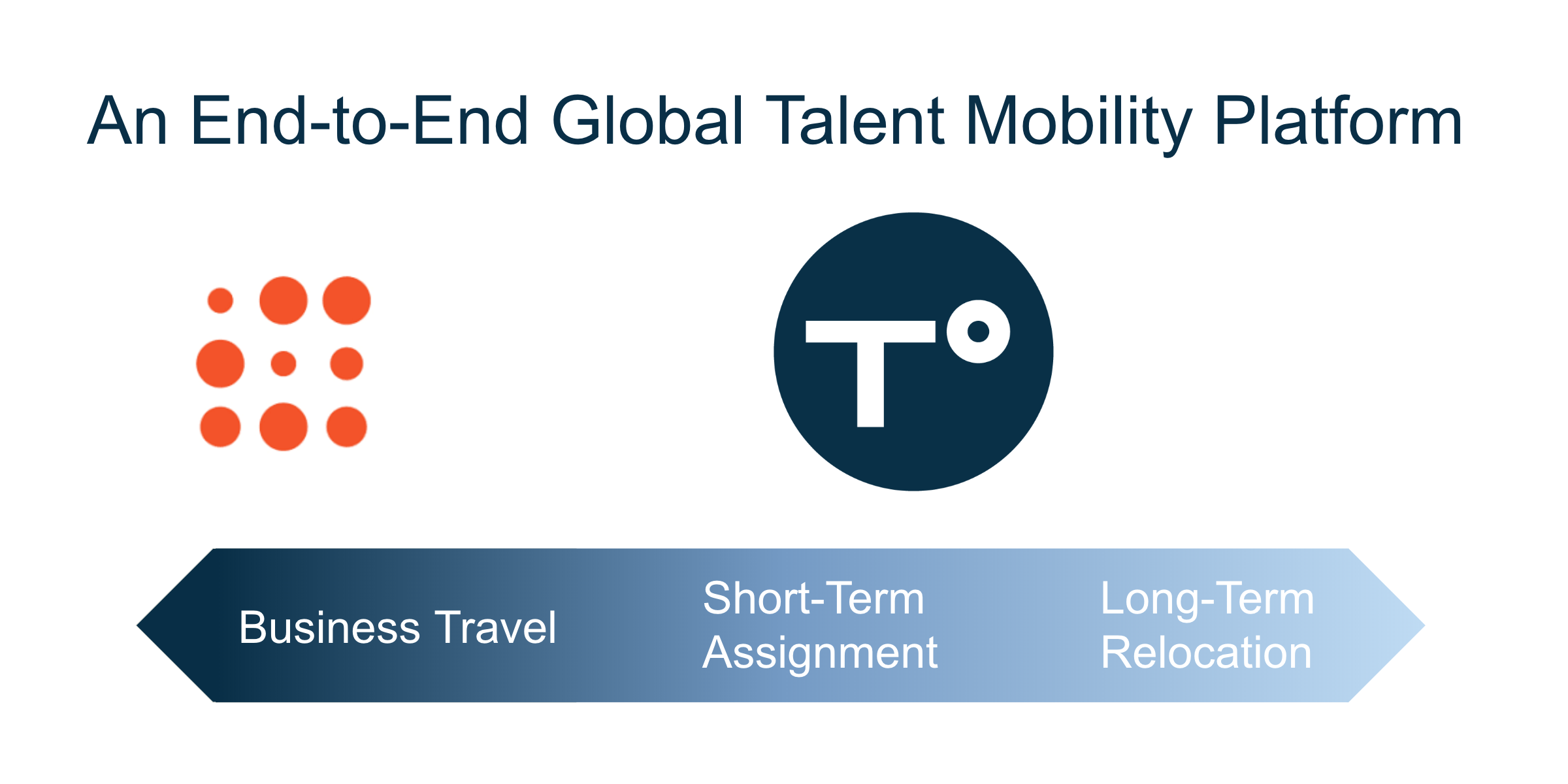
Making the Case for Global Mobility Technology - Key factors for getting business buy-in
In the HR world, global mobility teams are constantly asked to do more with less–more calculations, more reporting, more types of mobility to manage! With the implementation of global mobility management software, mobility teams no longer need to struggle under the burden of competing priorities and manual tasks. Global mobility management software relieves this type of administrative work and allows GM teams to focus their time and efforts on the more strategic and human elements of relocation, including the support of employees who may be struggling or running into issues in their new homes.
Sounds great, doesn’t it? Here’s the rub: when looking to update their technology, global mobility teams typically encounter one of two common objections:
- We don’t have the budget, or
- It’s easier to add headcount or outsource the work.
Today, we’re diving into the ways that global mobility software can help improve efficiency on a large scale to help GMM teams overcome these common objections.
To make a strong case to the C-suite, global mobility teams first need concrete examples of how GMM technology improves efficiency in the workplace. Here are few:
Eliminate high volumes of emails
Thanks to automation, GMM technology can eliminate tens of thousands of emails every year. For example: let’s say a company moves 1,500 employees per year. For each relocated employee, communication with ten vendors must be initiated. An assignment letter must also be dispersed to each employee. Global mobility management software can handle this burden, eliminating 16,500 emails per year.
Save weeks of manual data entry
A company that spends 50 minutes copying and pasting data from one system or spreadsheet to another for each of their 1,500 employees will save over 1,200 hours per year thanks to GMM technology.
Automate reporting
Rather than spending eight weeks manually aggregating and organizing data for year-end reporting, global mobility management technology can generate a report at the click of a button.
Centralized data
Global mobility management software brings together global records for taxes, deferred compensation, stock options (and more!), which eliminates broad-stroke assumptions and manual calculation errors.
How to overcome objections at the C-level
C-suite executives continually receive requests for new technology. This means that any request that is not supported by a solid business case is likely to be rejected. Here are the two most common reasons for rejections and how to overcome them.
Objection #1: “We don’t have the budget.”
To establish a strong business case for global mobility management technology, consider the following:
- How does a global mobility factor into overarching strategic goals for the company? Understand that C-suite executives are making decisions with greater business goals in mind.
- Form a working group for change. Involve both mobility and external personnel to build and validate a business case for GMM technology before it reaches executives for approval. This will strengthen the validity of your case.
- Identify key stakeholders and discuss their priorities. Who has the most to gain/benefit from an update in systems and processes? Identifying external employees as allies is key to successfully building a case for the software.
- Align global mobility management technology with the success of the mobility program. Make it clear that global mobility is key toward delivering overall global talent strategy and distribution in key markets.
Objection #2: “Let’s just hire another person.”
Throwing bodies at a problem is a classic strategy to deal with operational issues in business. However, one person can hardly affect organizational change–but technology can. Tackle this objection from two angles:
- Identify the scope of work. This includes data, workstreams, stakeholders, and money involved in your mobility program. The scale of these numbers will make it clear that an additional person could not realistically impact all of these areas.
- Clearly outline all of the benefits that a global mobility management platform would give to the mobility team and its stakeholders. This, of course, includes: eliminating a high-volume of emails, saving weeks of manual data entry, automating reporting, and providing a location for centralized data.
A transformation in mobility management typically involves a shift in both systems and processes across an organization. By investing in software, a mobility team can leverage technology to manage manual administrative tasks while saving human resources for value-added activity. The integration and automation delivered by global mobility management software brings end-to-end efficiency that empowers teams to significantly improve their work. The result is an engaged mobility team, significantly improving the talent experience and greatly improving the efficacy and strategic nature of the mobility program.



